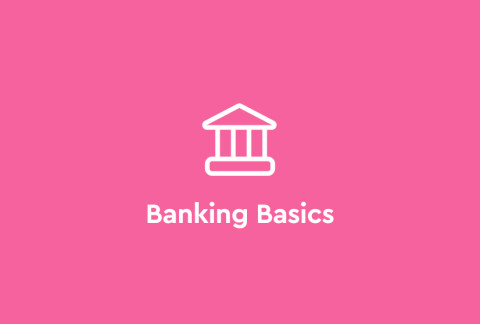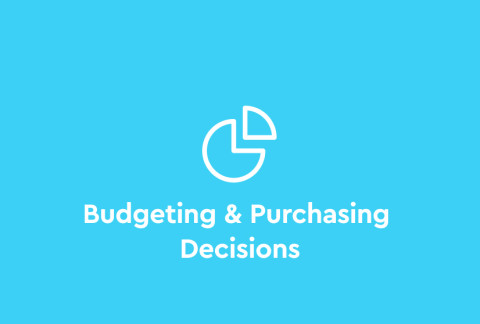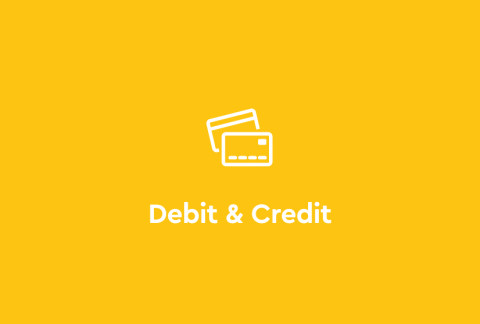Tracking your finances: A guide for teens

If you’re making money as a teenager — whether it’s at a part-time or seasonal job, doing chores around the house, or even operating your own small business — you may not think too much about how much you’re bringing in or how much you’re spending. But if you’re trying to save up for something big, like college or a new car, it’s important to know where your money is going.
To do that, you need to establish some routines and use some tools that will help you know if you’re on track when it comes to achieving your goals. Fortunately, here at Step, we’re very familiar with what it takes to do that. Let’s get you on the path to success.
Set up your accounts
If you’re going to be serious about your money (and you should be) you’re going to need accounts that let you safely and securely save your money and pay your expenses. You’ll also want to consider having one account for spending and one account for saving.
By keeping your spending account separate from your savings account, you’ll have an easier time of tracking just how much money you have available without dipping into your savings.
You can open simple checking and savings accounts at a nearby bank (you’ll need your parents as cosigners if you’re under 18), but be sure to watch for fees and minimum deposit requirements. A lot of traditional banks built their businesses around charging fees for their services. For example, large US banks took more than $11 billion in overdraft fees in 2019. It was a lot of work to move and store physical money while tracking everything on paper.
Today, those fees aren’t as necessary because much of banking has gone digital. Unfortunately, a lot of them charge them anyway. Look out for monthly fees as well as overdraft, deposit and transfer fees. They can be avoided by choosing the right bank. For example, Step offers a no fee FDIC Insured bank account specifically designed for teens to track their spending and build their savings.
Check your accounts regularly
Most banks today offer online and mobile services that allow you to check your balances and transactions in real time (or with a slight delay). You’ll be able to see every deposit, withdrawal, purchases, and those contributions to your savings goals.
By tracking how you’re using your money, you’ll be able to make any needed adjustments to ensure you stick with your spending and savings goals.
Categorize your expenses
One of the most important things you can do when it comes to tracking how you spend your money is categorizing your spending. That means breaking down into categories all the ways you spend money. Most expenses naturally fit into common categories like food, transportation, rent, insurance, and phone. You may not have to worry about some of these categories now, but getting the basics down today will make things easier when your financial life becomes more complicated.
Create & maintain budgets
Once you know how much money you have coming in and how much you have going out, you can create your budget. That’s your plan for how much money you want or need to spend and how much you want to save. Use those expense categories you created for your budget.
Some expenses are fixed — these are necessities like your cell phone bill or car insurance, and those costs will vary little from month to month. But for others, like food or clothing or entertainment, you can set a monthly amount you want to spend in those categories each month.
Expenses change, too. Maybe your Friday lunches with your friends matter more to you during the school year, but a membership to the neighborhood pool is more important in the summer. When you think about your spending in advance, month by month, you can make sure you have the money you need when you need it. Once you have a budget in place, you can start tracking your expenses to make sure you’re sticking to it.








